2023 was a bit of a slower year project-wise but I love what I got to create this past year. These are in no particular order but I think my top three are the library, the fireplace, and the disco mirrors. I’m counting The DIY Awards as a DIY project because, well, it was quite possibly the most intense, stressful, and time consuming DIY project I did all year. Tap on each link to go to the tutorial for that project (and if you click the DIY Awards one it’ll take you to the Awards round up with photos from the event, as well as all the winners!).
I don’t have anything solid planned for 2024 projects, but I’ve had some things that have been needing to be done for many years and I’m hoping to get those projects ticked off this year (there’s a half finished bathroom staring at me right now).
All in all, I’m proud of what I did in 2023, most of all the rest I allowed myself to take. I’m feeling like I’m going into the new year recharged and re-inspired, whereas I basically dragged myself through January last year trying to finish up and put on the DIY Awards event, and then subsequently was burnt out for a good portion of the year.
So here’s to 2023 and her accomplishments, and a fresh new year ahead full of possibility.


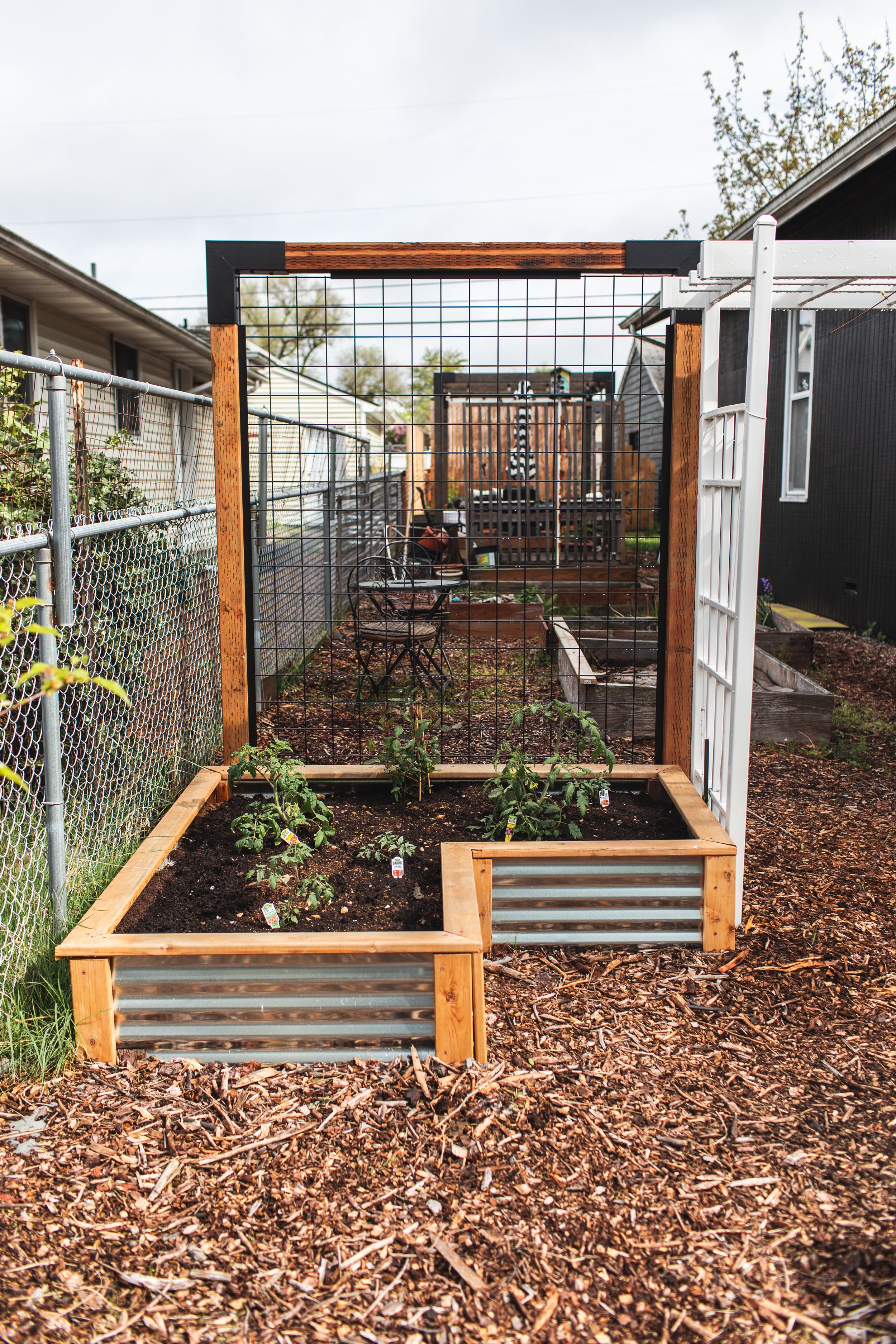






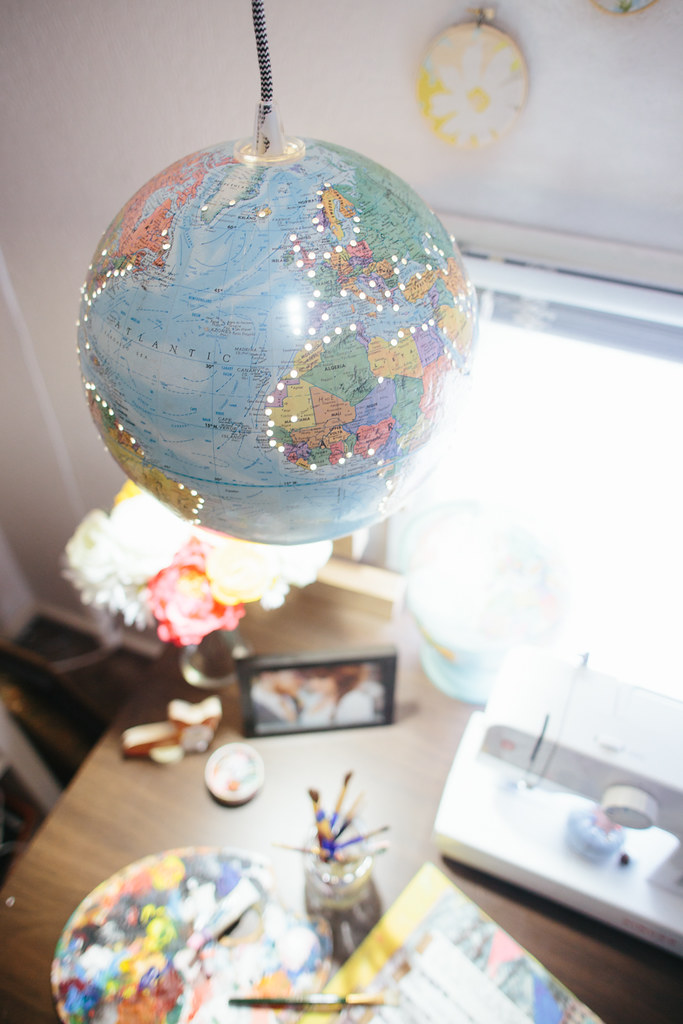

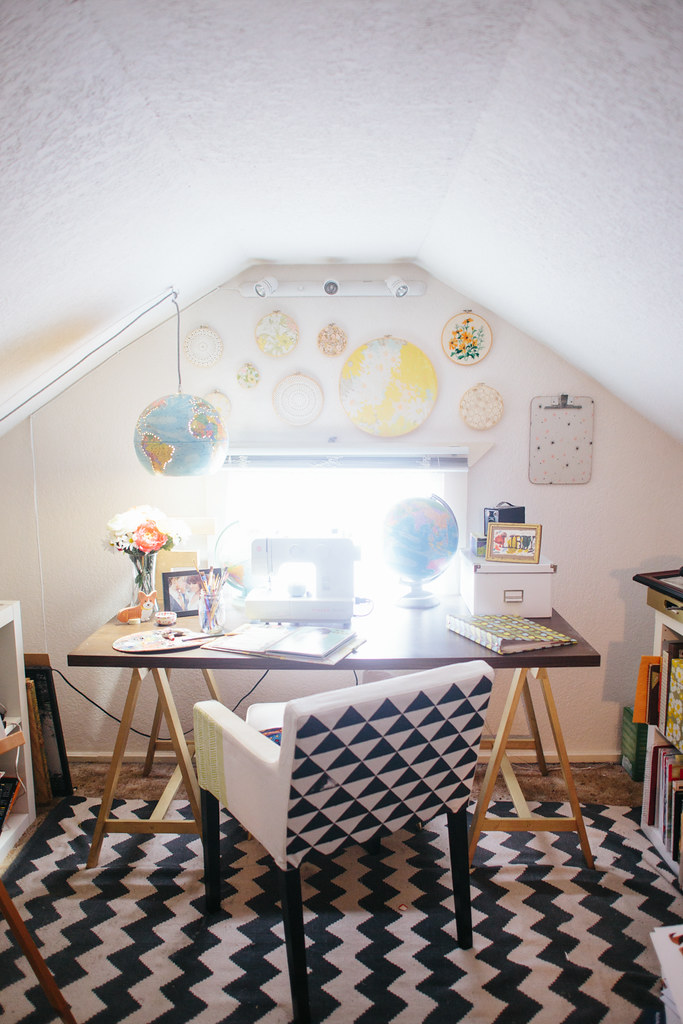
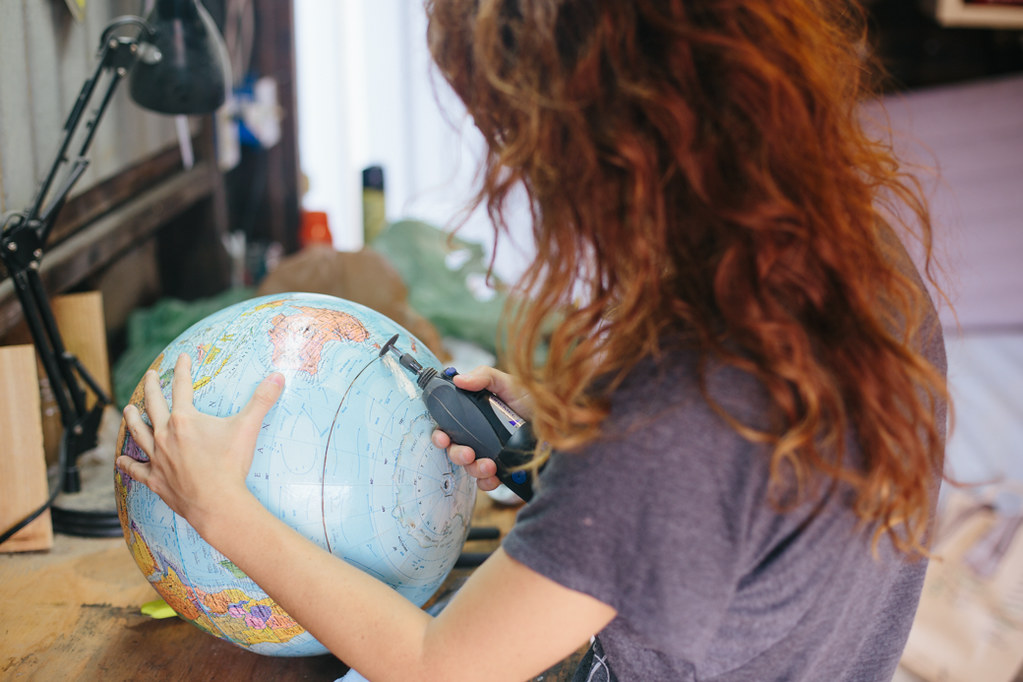
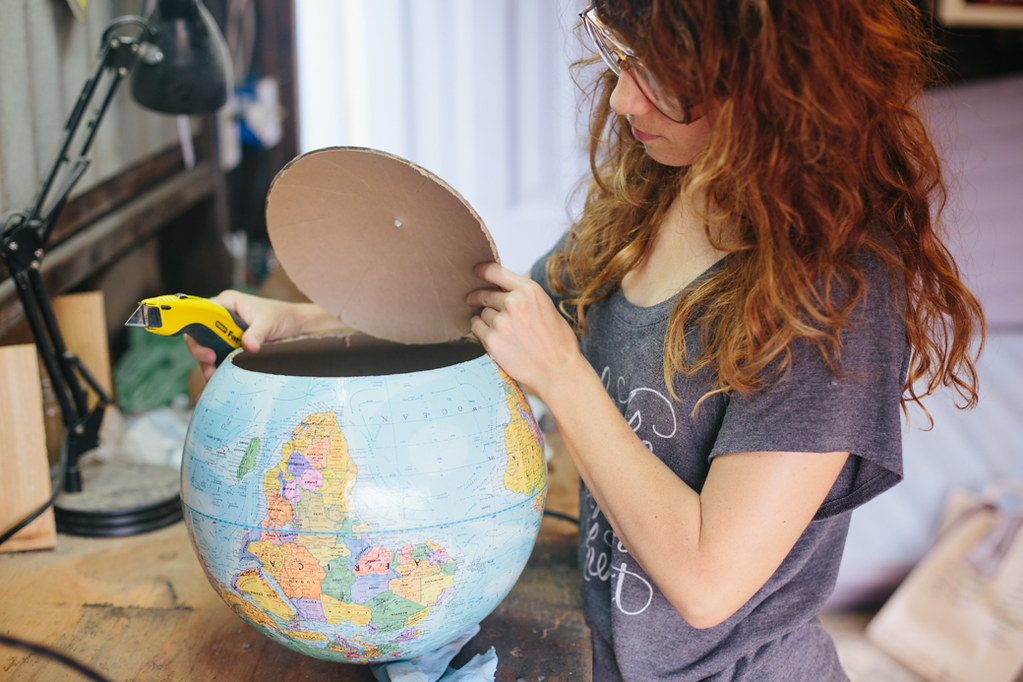
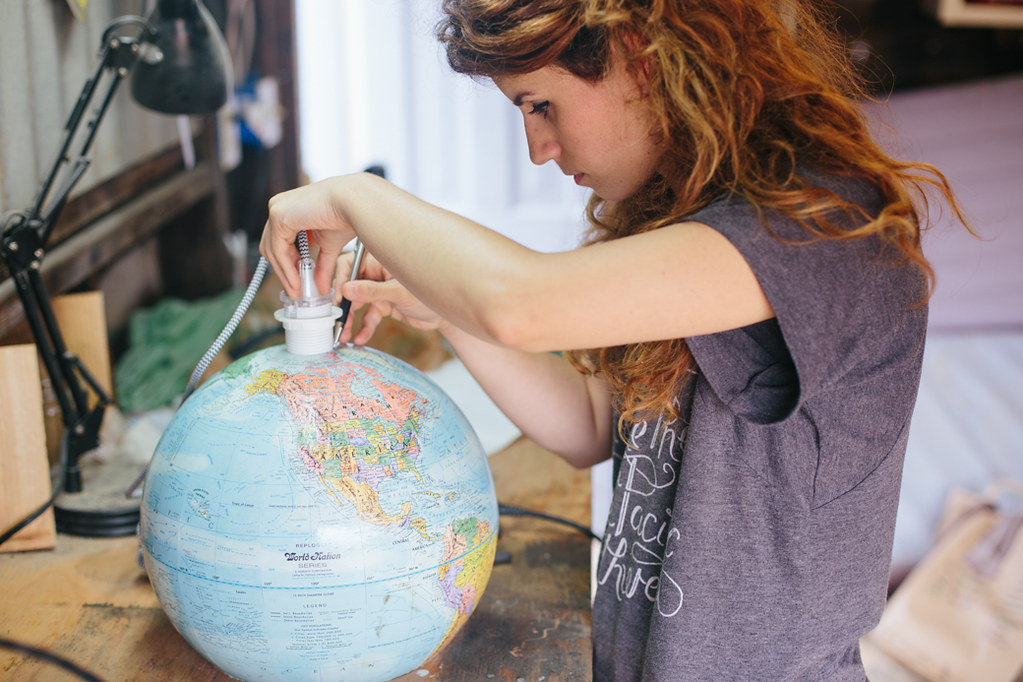

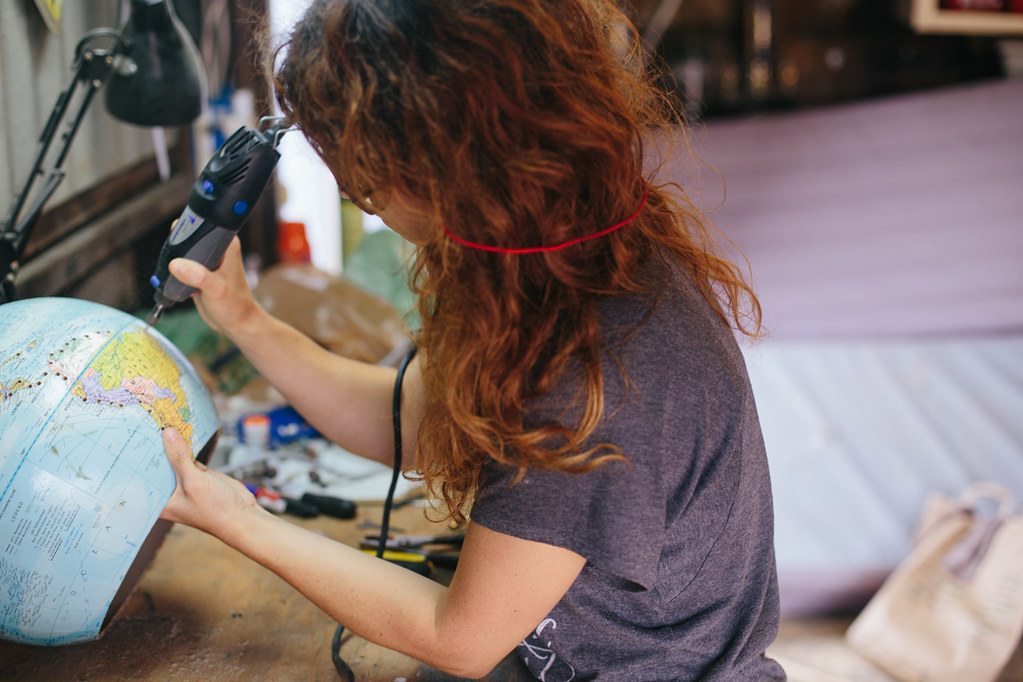
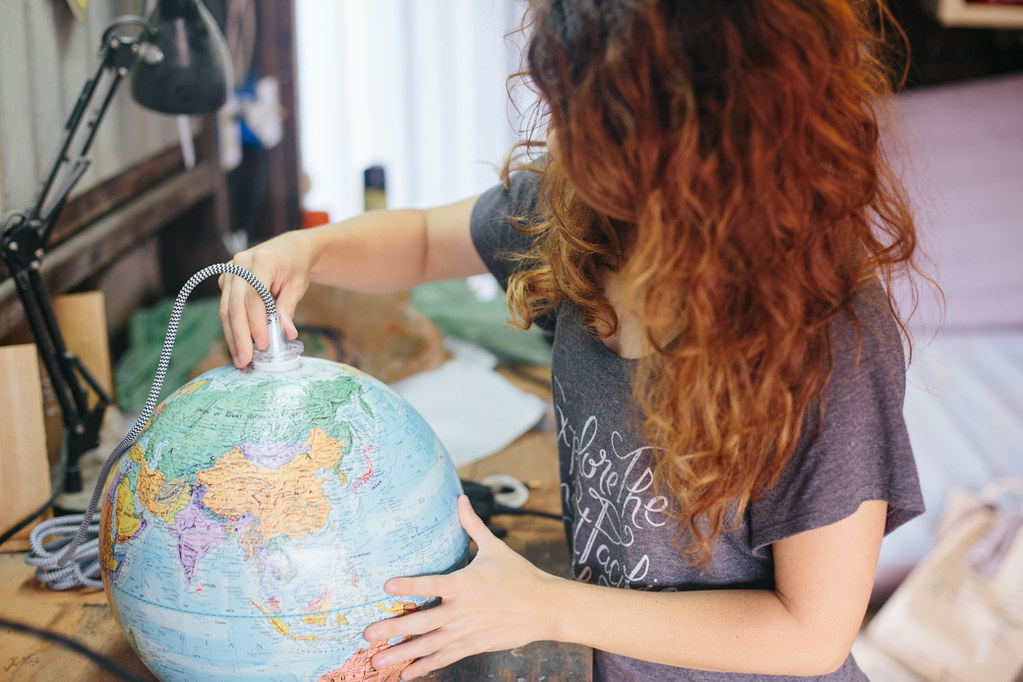
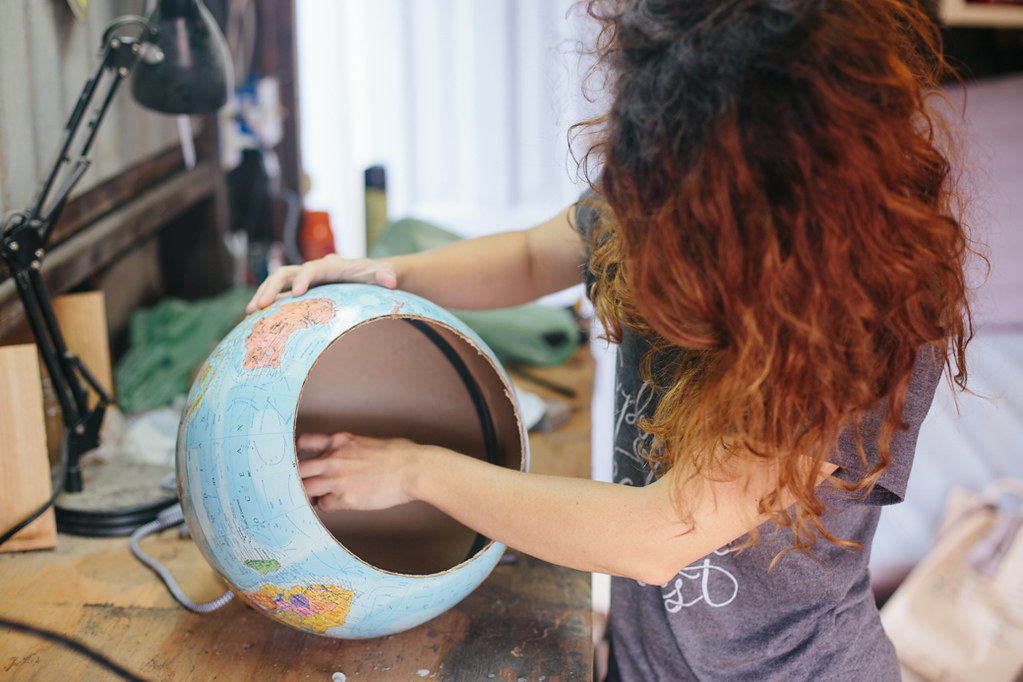
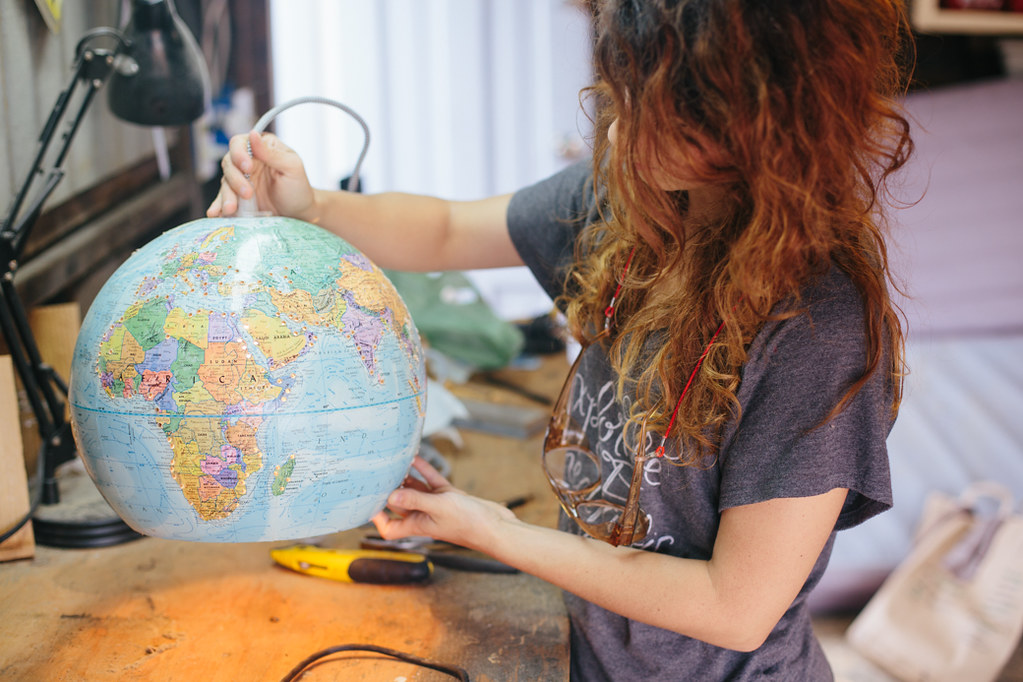
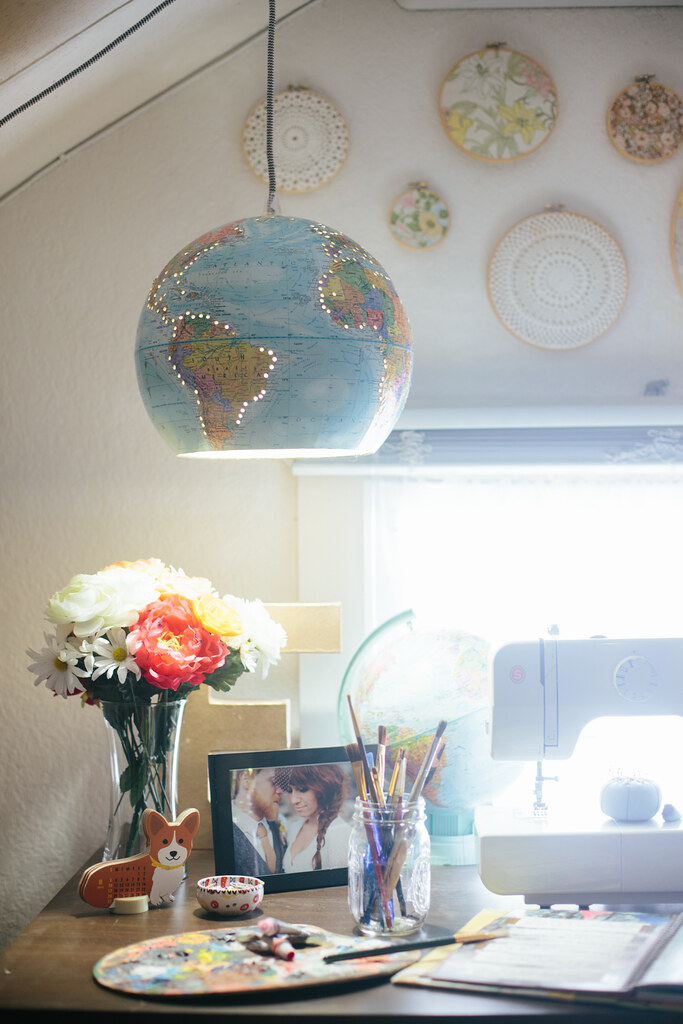
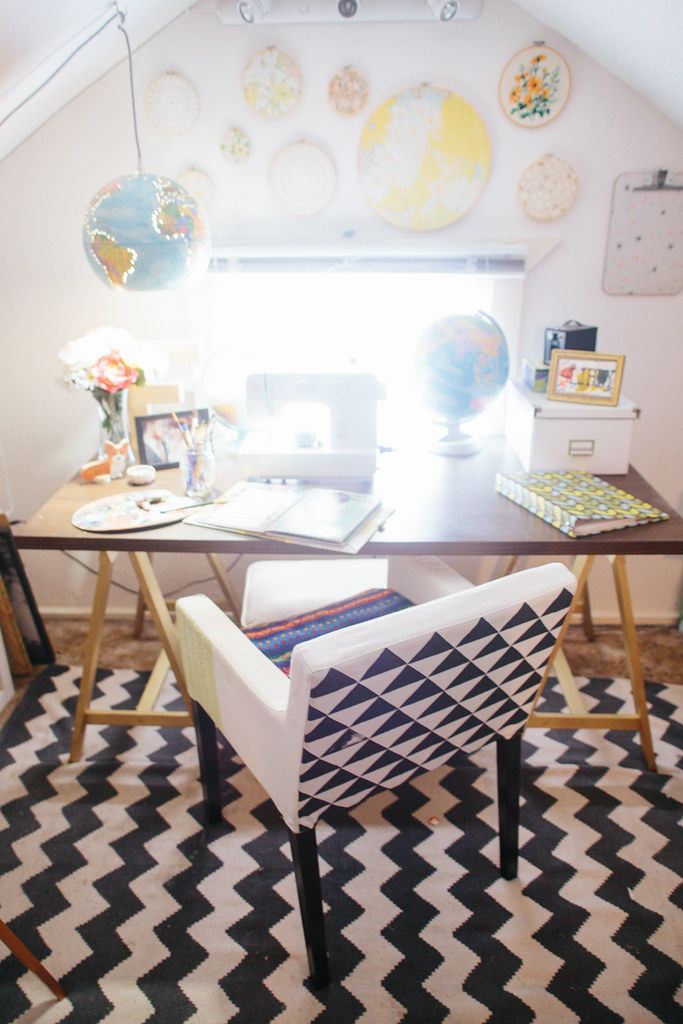
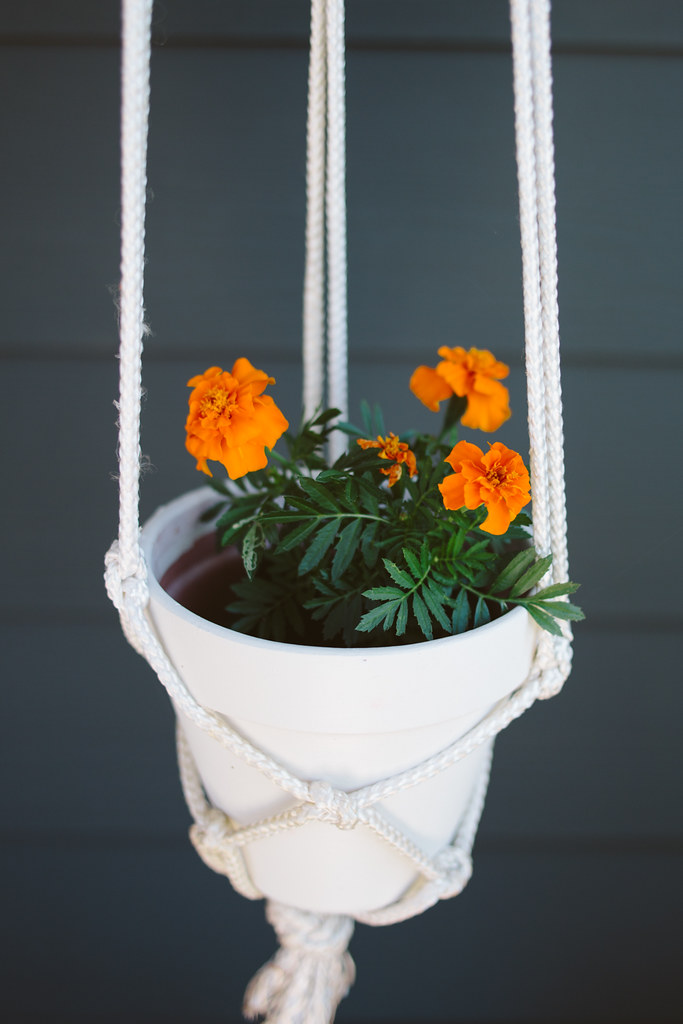

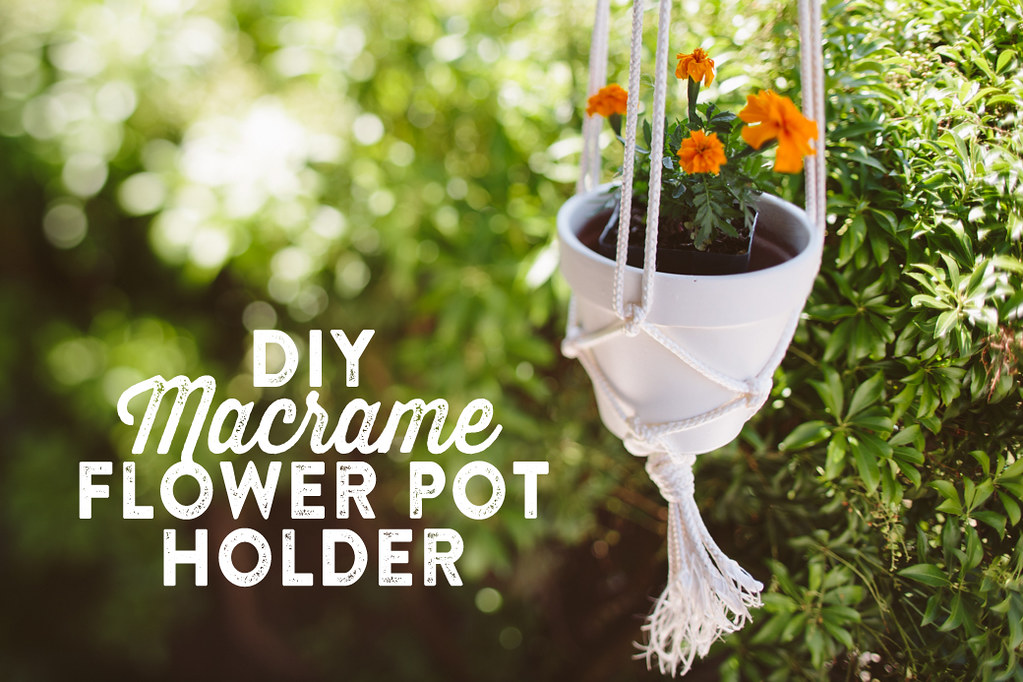
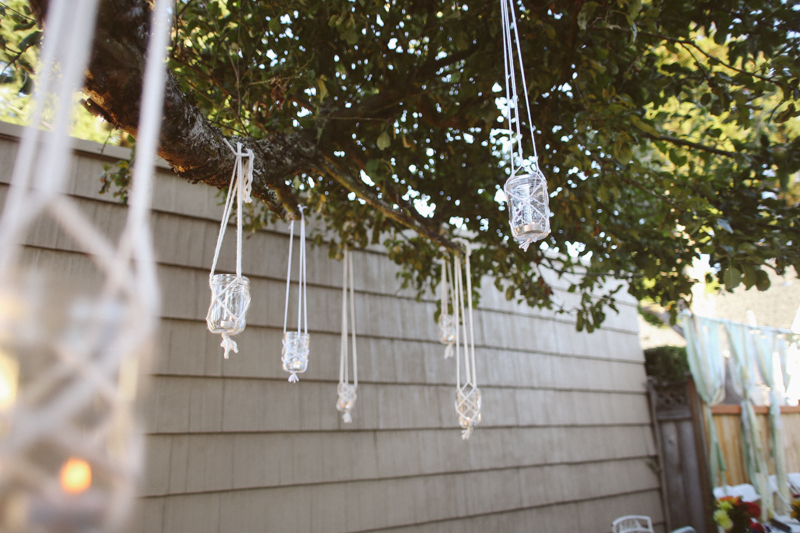
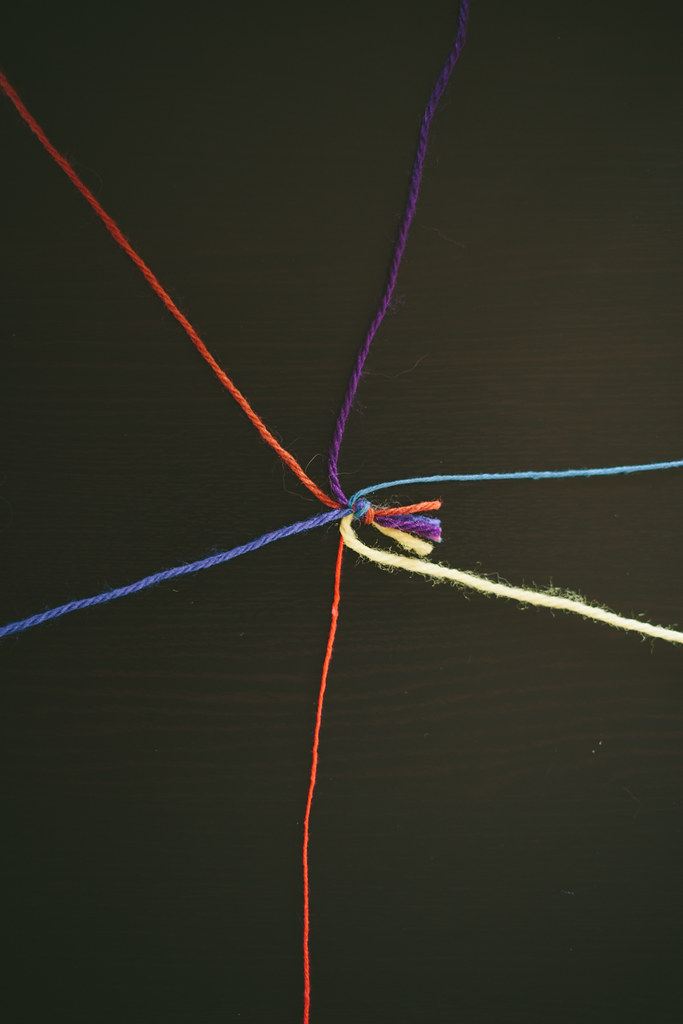
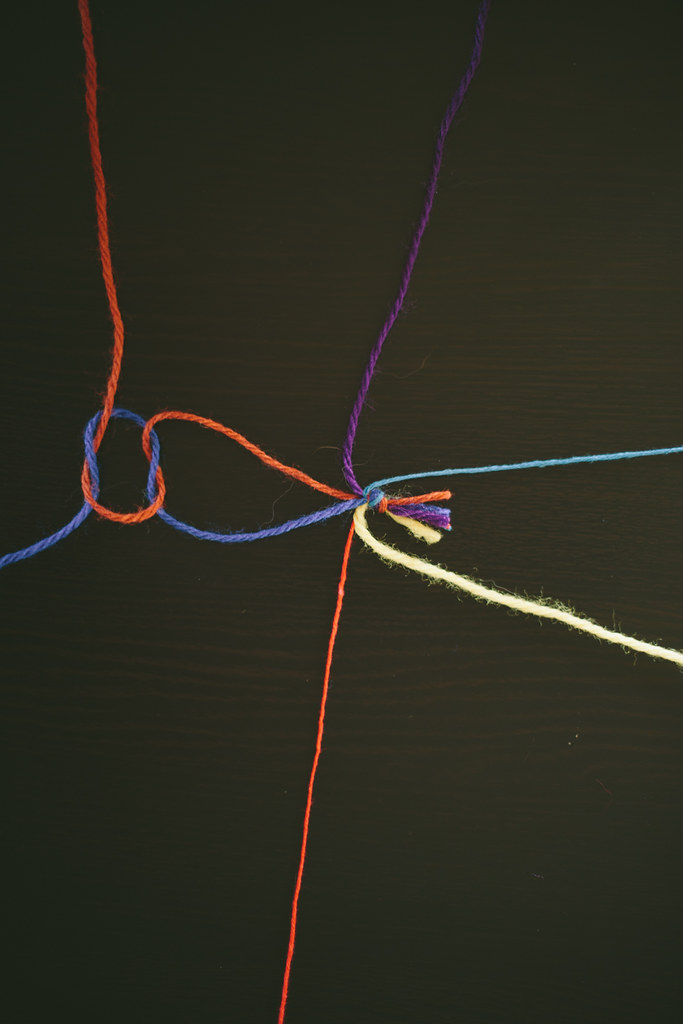
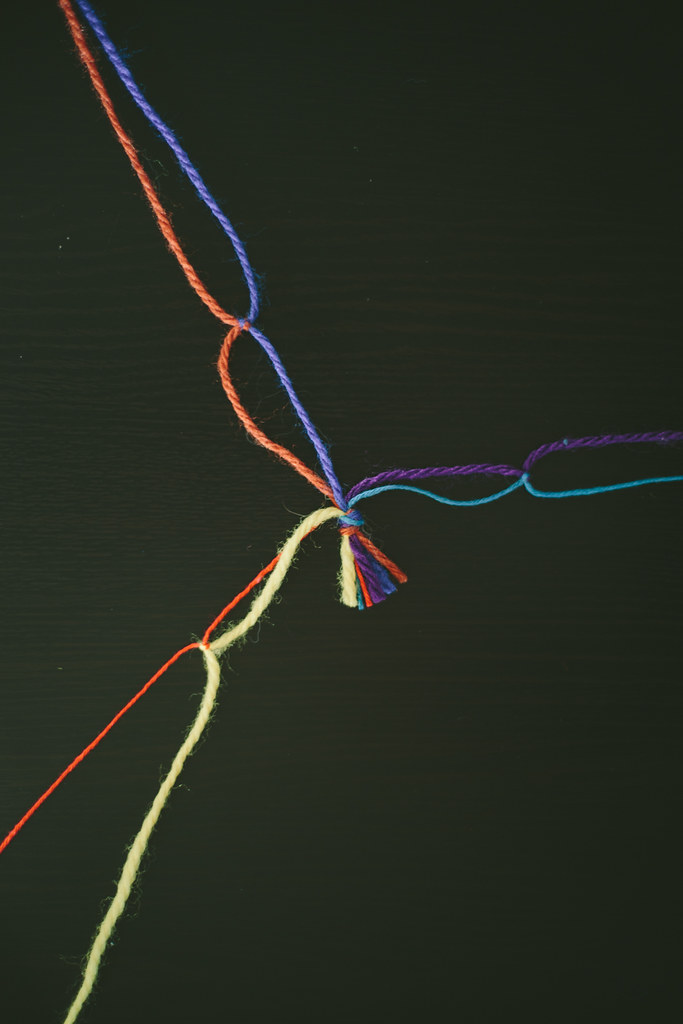
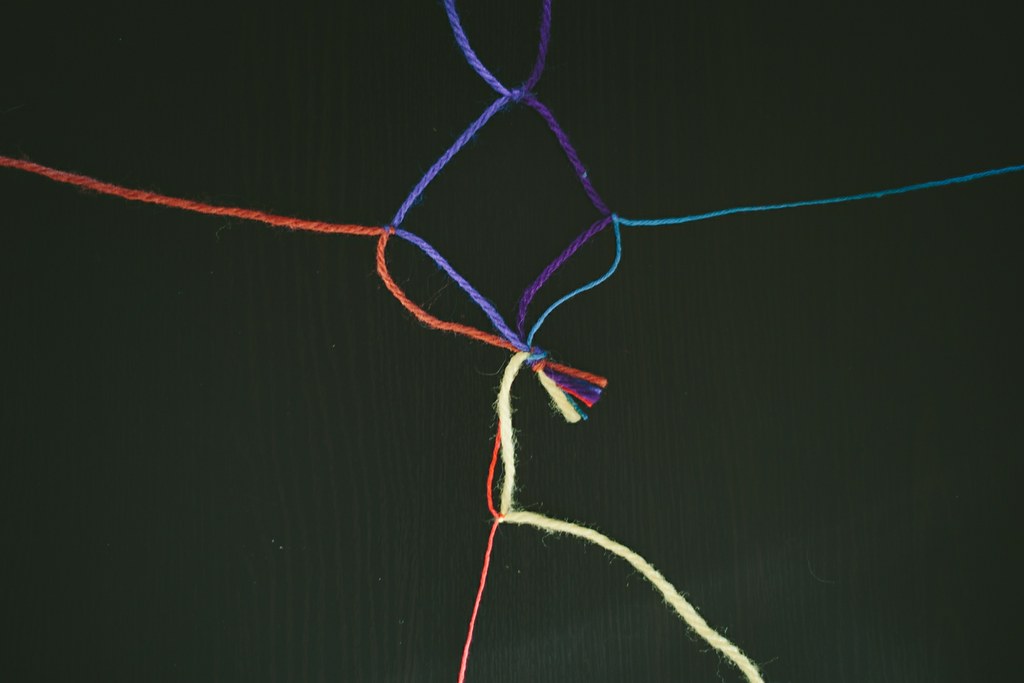
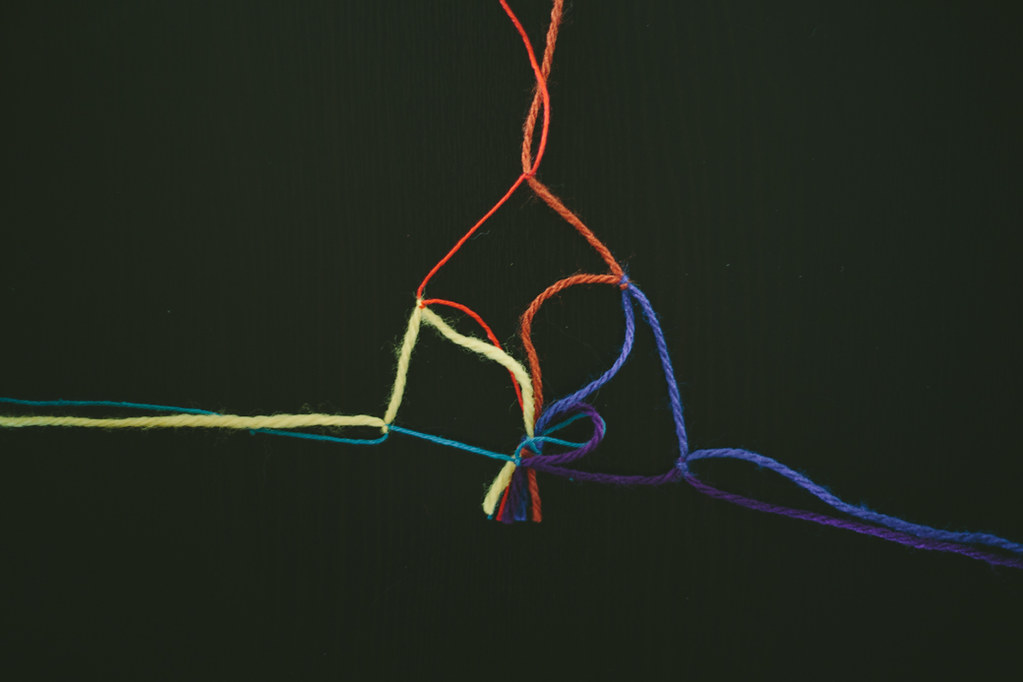
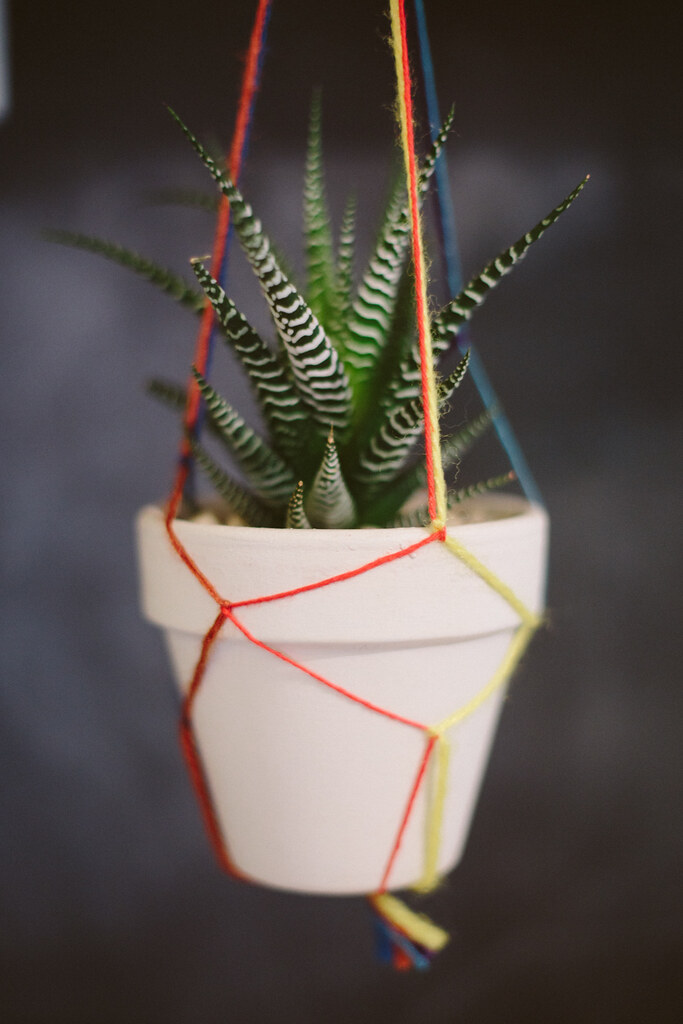
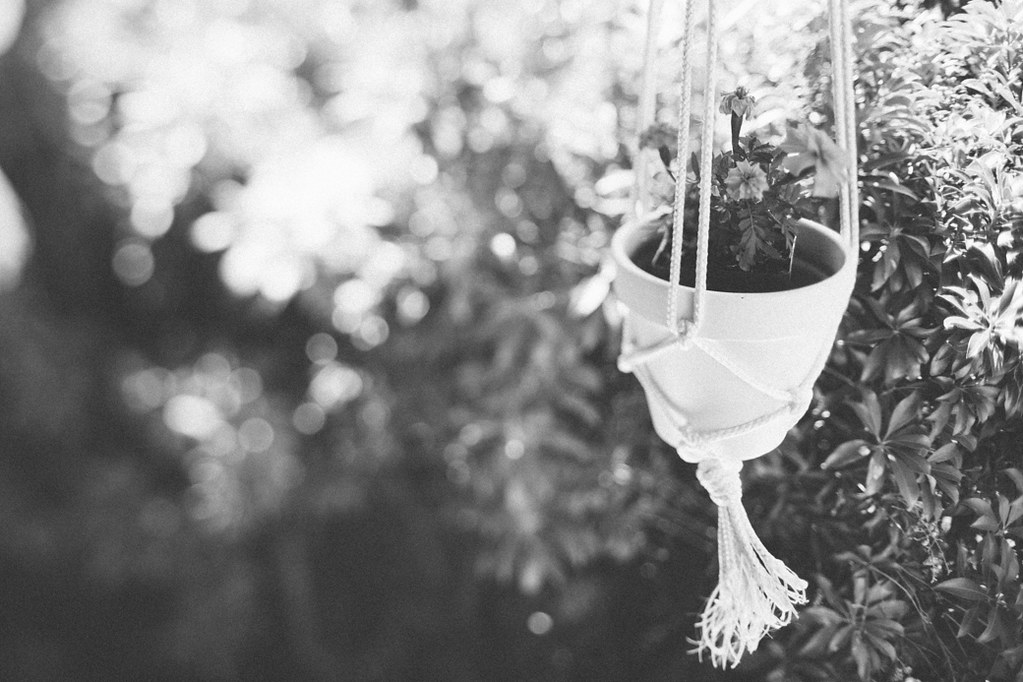
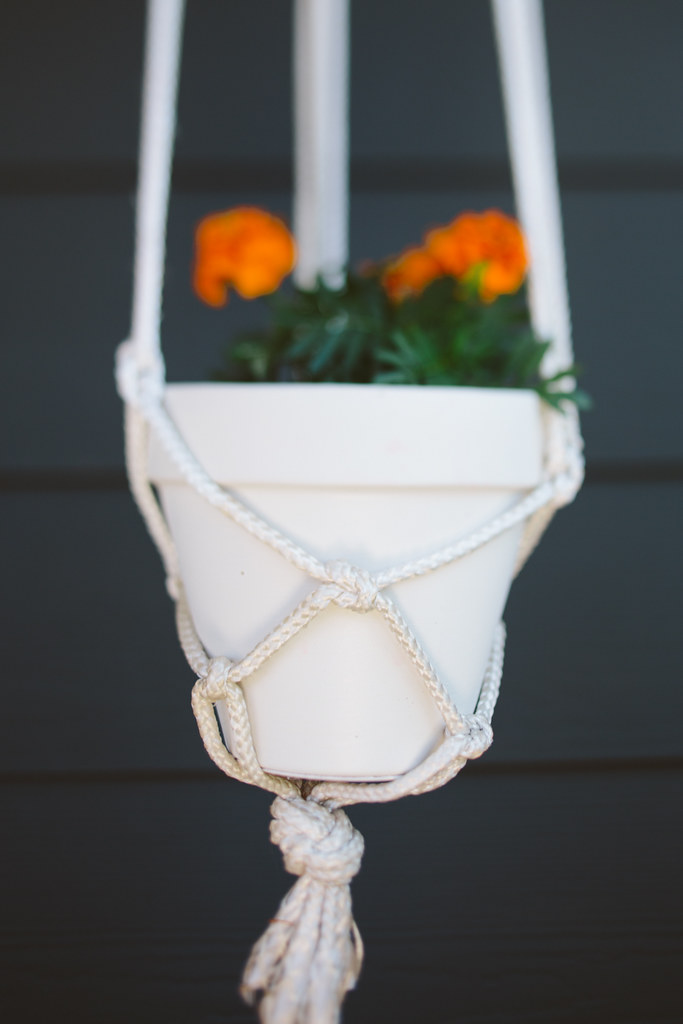











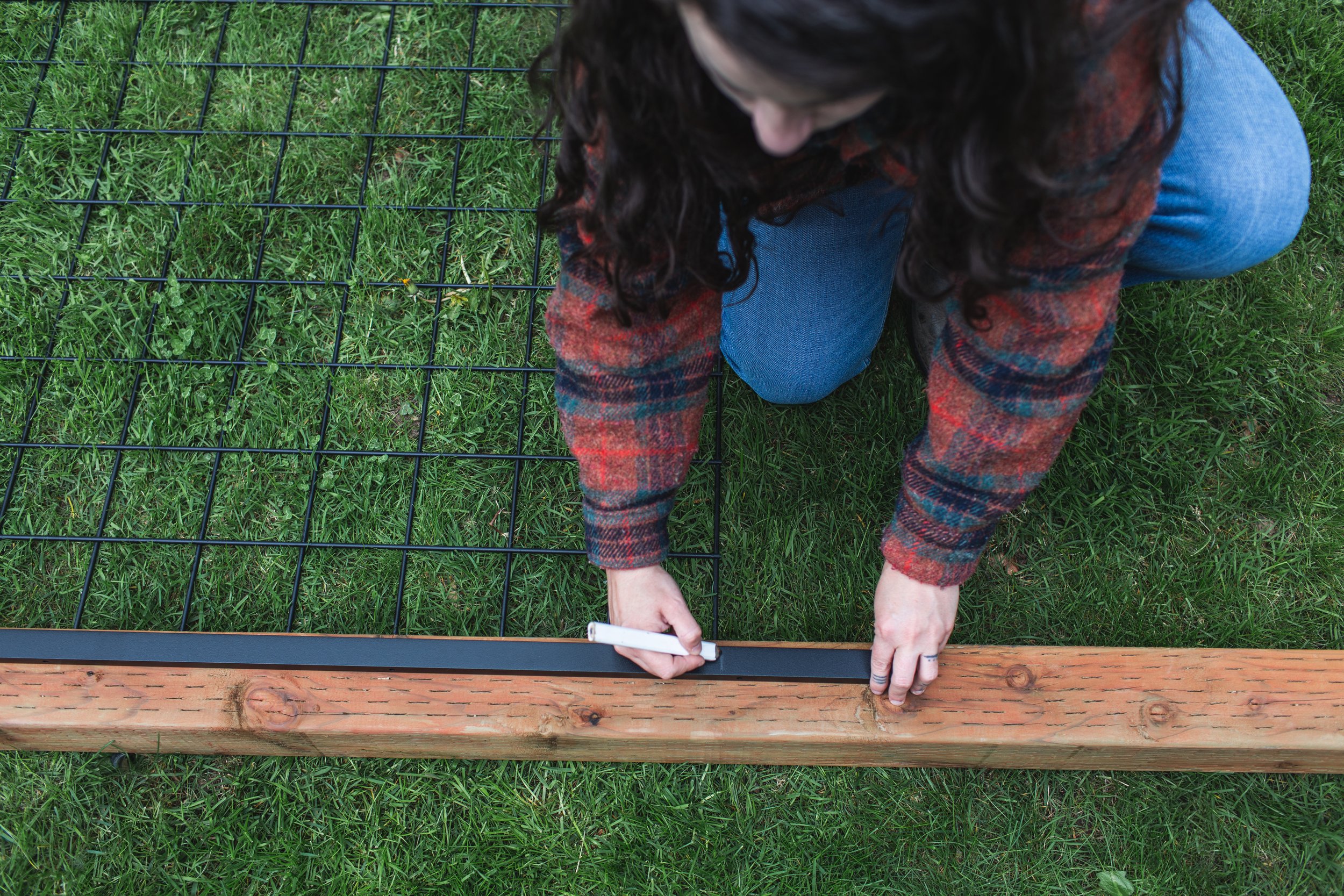









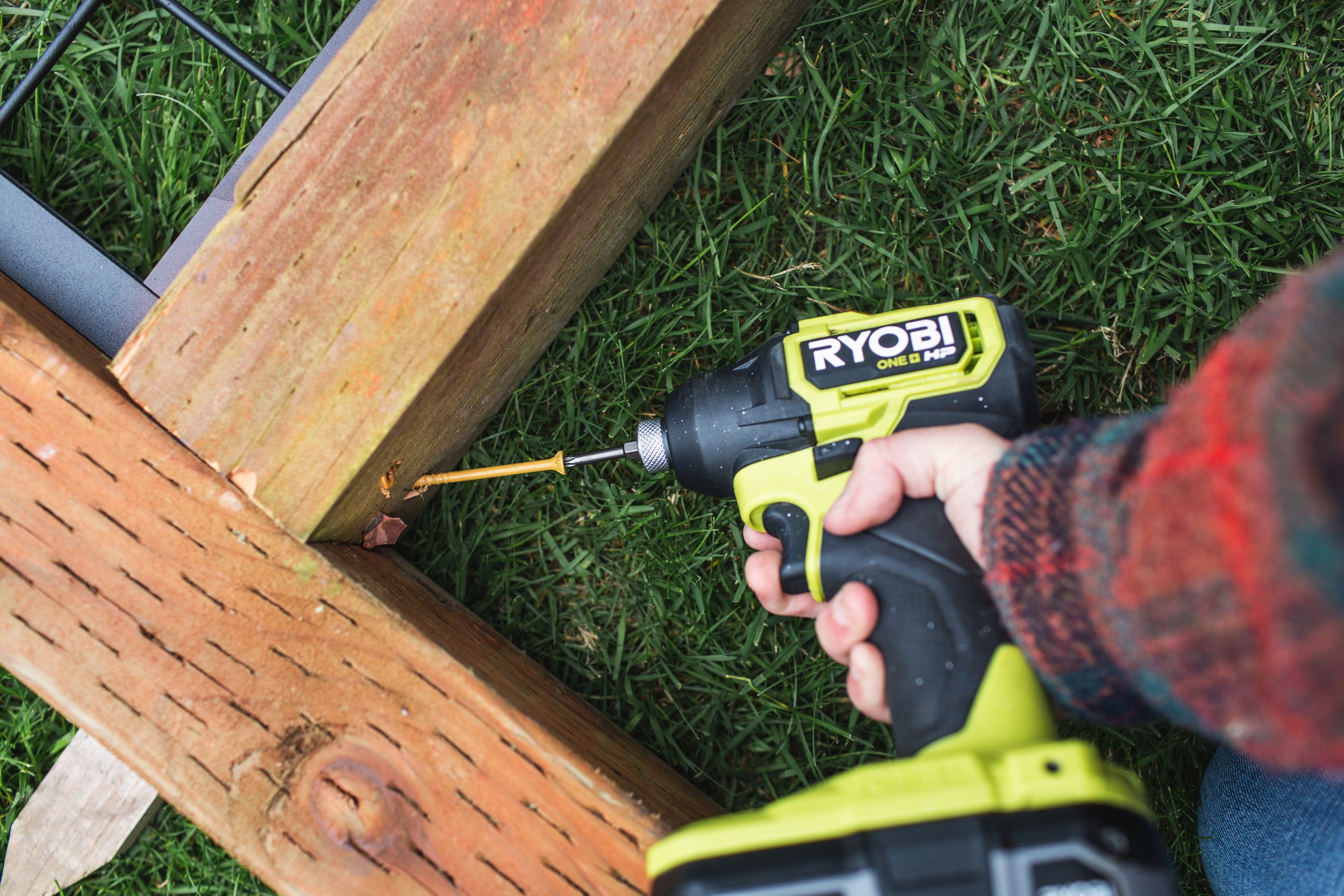










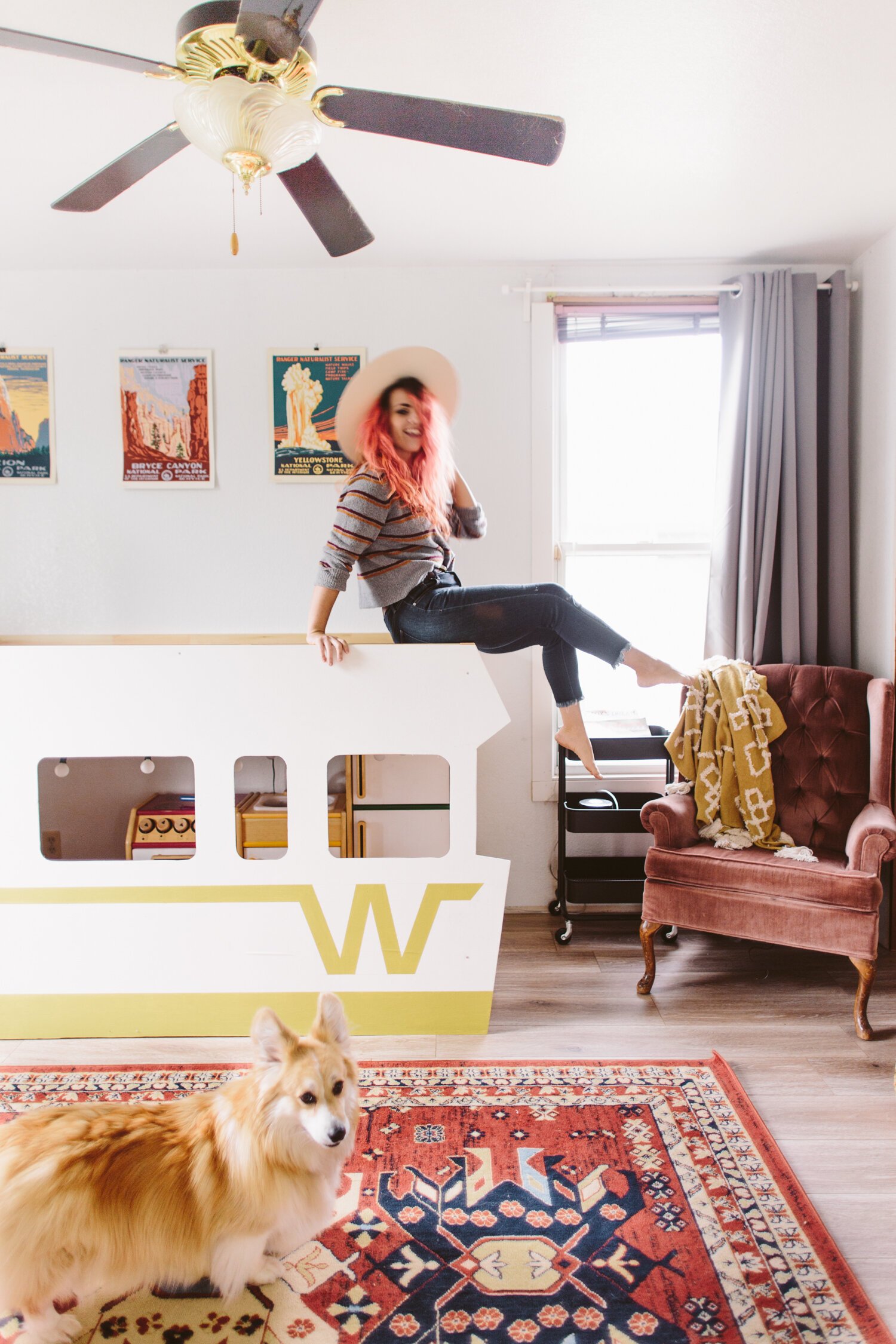





![This print feels even more relevant today. We all joke about the dumpster fire of [insert year here], but the important message of this image to me is that *we persist* through the horrors. We stand, we fight— maybe for ourselves, maybe for oth](https://images.squarespace-cdn.com/content/v1/574dddd6d51cd4bc35c1609a/1730935170369-03GPKQ5NF73VAE65RHO6/image-asset.jpeg)


